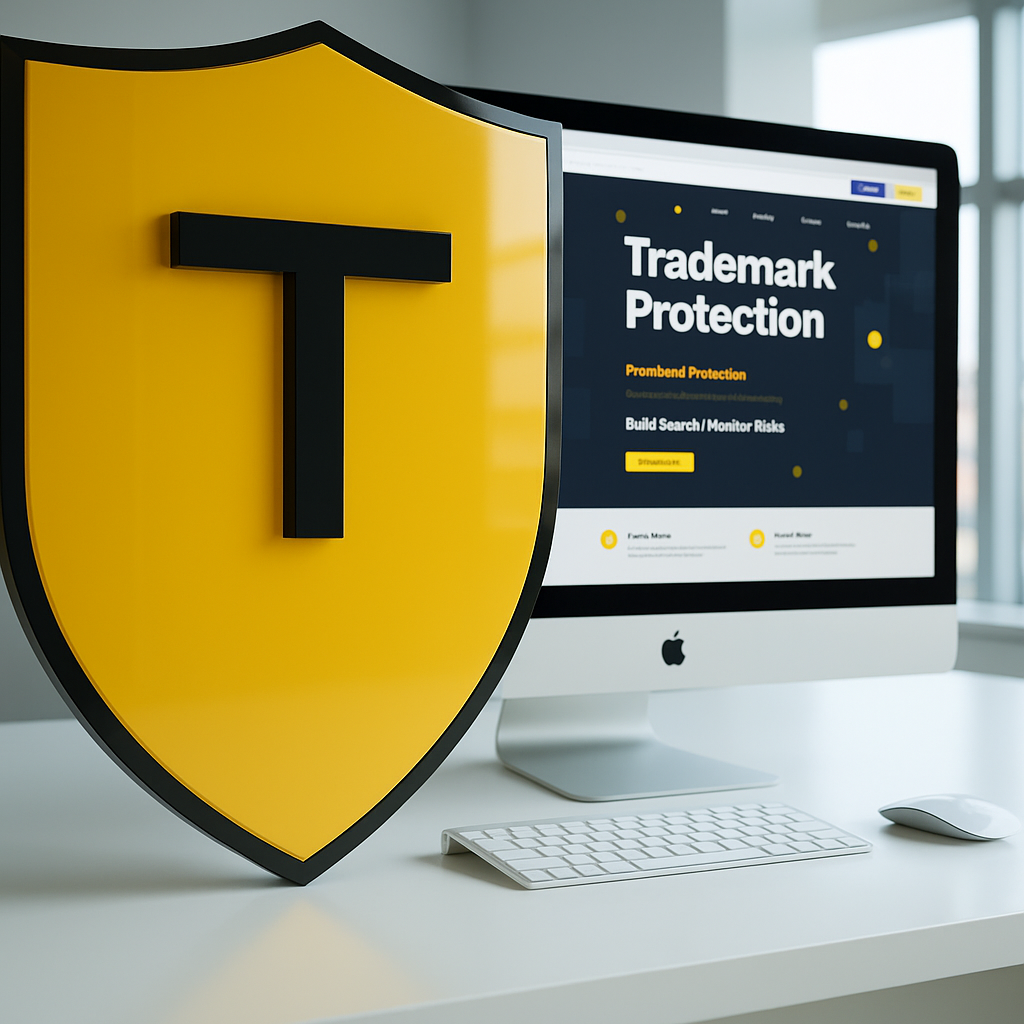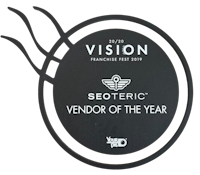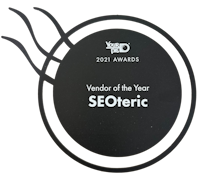Strategies to Fight Trademark Abuse in Paid Search: Navigating Complex Challenges
Trademark abuse in paid search advertising poses significant risks to brands by undermining identity, draining advertising budgets, and diverting potential customers. Unauthorized use of trademarks by competitors or malicious actors can damage brand reputation and reduce marketing effectiveness. Understanding platform-specific trademark policies and implementing proactive measures helps businesses protect their digital presence. Legal considerations, platform rules, and practical strategies are essential for addressing this multifaceted issue.

Understanding Trademark Abuse in Paid Search
Trademark abuse occurs when unauthorized parties use a brand’s protected terms to trigger ads, diverting traffic and diluting brand value. Platforms like Google Ads and Microsoft Advertising have different policies and enforcement mechanisms, requiring tailored approaches. Brands should monitor paid search campaigns continuously to detect unauthorized trademark use promptly. Automated tools and manual audits can identify suspicious ads, enabling swift action such as filing complaints or pursuing legal remedies. Since legal action can be costly and time-consuming, prevention and early detection are vital.
Collaboration between marketing and legal teams is important. Marketers need to understand trademark policies and work with legal counsel to develop clear response guidelines. Educating internal teams about risks and signs of abuse empowers organizations to protect advertising investments effectively.
Combating trademark abuse is an ongoing process. Brands that invest in monitoring systems, maintain communication between departments, and understand the legal landscape are better positioned to defend their trademarks, preserve brand integrity, optimize advertising spend, and maintain consumer trust.
Protecting Brand Integrity and Marketing Investments
Trademark abuse often involves bidding on brand-specific keywords, siphoning traffic and inflating costs per click. Tactics like geo-targeting and cloaking make detection difficult without continuous monitoring. Identifying abuse requires vigilance beyond standard analytics; unusual performance metrics, unfamiliar ad copy, and suspicious URLs can signal infringement. Ignoring these signs leads to wasted spend and distorted data.
Brands should establish clear contractual agreements with affiliates and partners to set boundaries on keyword usage. Automated tools that provide real-time alerts help uncover hidden violations. Technology plays a key role in enforcement—solutions offering continuous surveillance and de-cloaking capabilities enable swift detection and response. This approach protects brand equity and improves return on investment by ensuring advertising reaches intended audiences rather than competitors or fraudsters.
A combination of legal awareness, strategic oversight, and technological enforcement forms the foundation of an effective defense against trademark abuse in paid search.
Frequently Asked Questions About Fighting Trademark Abuse in Paid Search
What are the first steps when suspecting trademark abuse?
Understand the trademark policies of each advertising platform, as rules and complaint procedures vary. Early detection through regular monitoring allows timely reporting and limits exposure.
What role does legal action play?
Legal remedies can deter infringement but often require significant time and expense. Combining legal counsel with proactive monitoring and platform-specific reporting creates a balanced approach. Legal teams can help draft guidelines for internal and external use, ensuring consistent responses.
Which tools help detect and prevent abuse?
Automated monitoring solutions identify suspicious ads, unusual bidding, unfamiliar copy, or cloaked URLs. Integrating these tools provides real-time insights, enabling quick complaints or bidding adjustments. Technology complements human oversight to maintain control over campaigns.
How can brands balance protection with partner relationships?
Clear contracts specifying acceptable keyword use and trademark guidelines are essential. Open communication and education about abuse risks prevent accidental violations and encourage cooperation. This reduces infringement while preserving valuable partnerships.
Conclusion
Managing trademark abuse in paid search requires a coordinated approach combining legal expertise, continuous monitoring, and technology. Understanding platform policies, fostering collaboration between marketing and legal teams, and leveraging automated detection enable swift identification and resolution of unauthorized trademark use. Ongoing vigilance protects brand reputation, advertising budgets, and ensures marketing efforts reach the right audience, strengthening consumer trust and maximizing return on investment.
For more details, read the original article on Search Engine Land. As noted by the author, “Trademark abuse occurs when competitors use a brand’s trademark in their ads, potentially misleading consumers and harming the brand’s reputation.”













.png)

